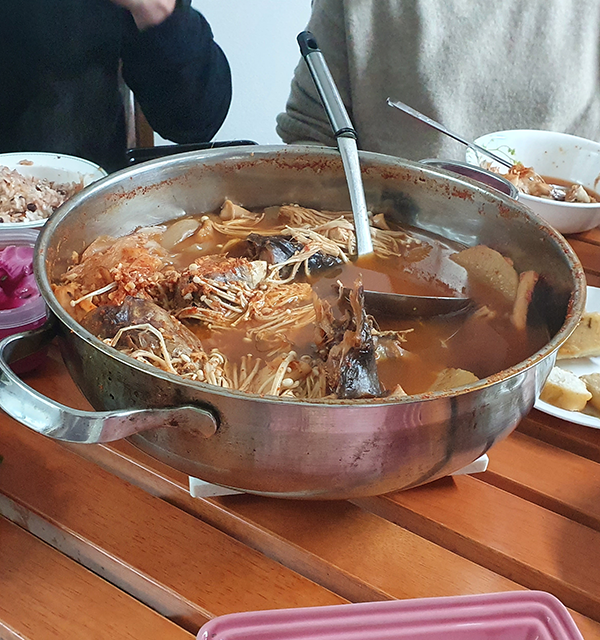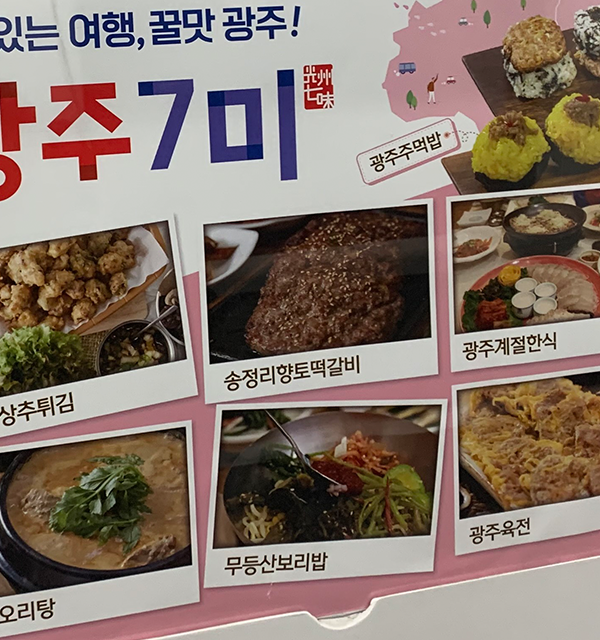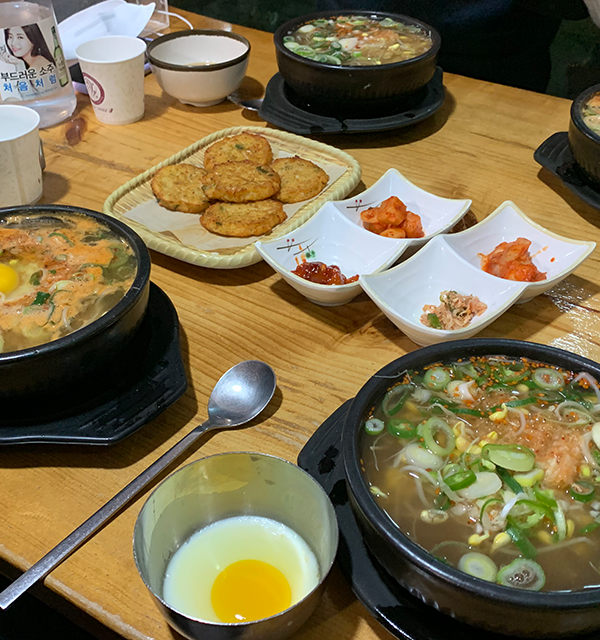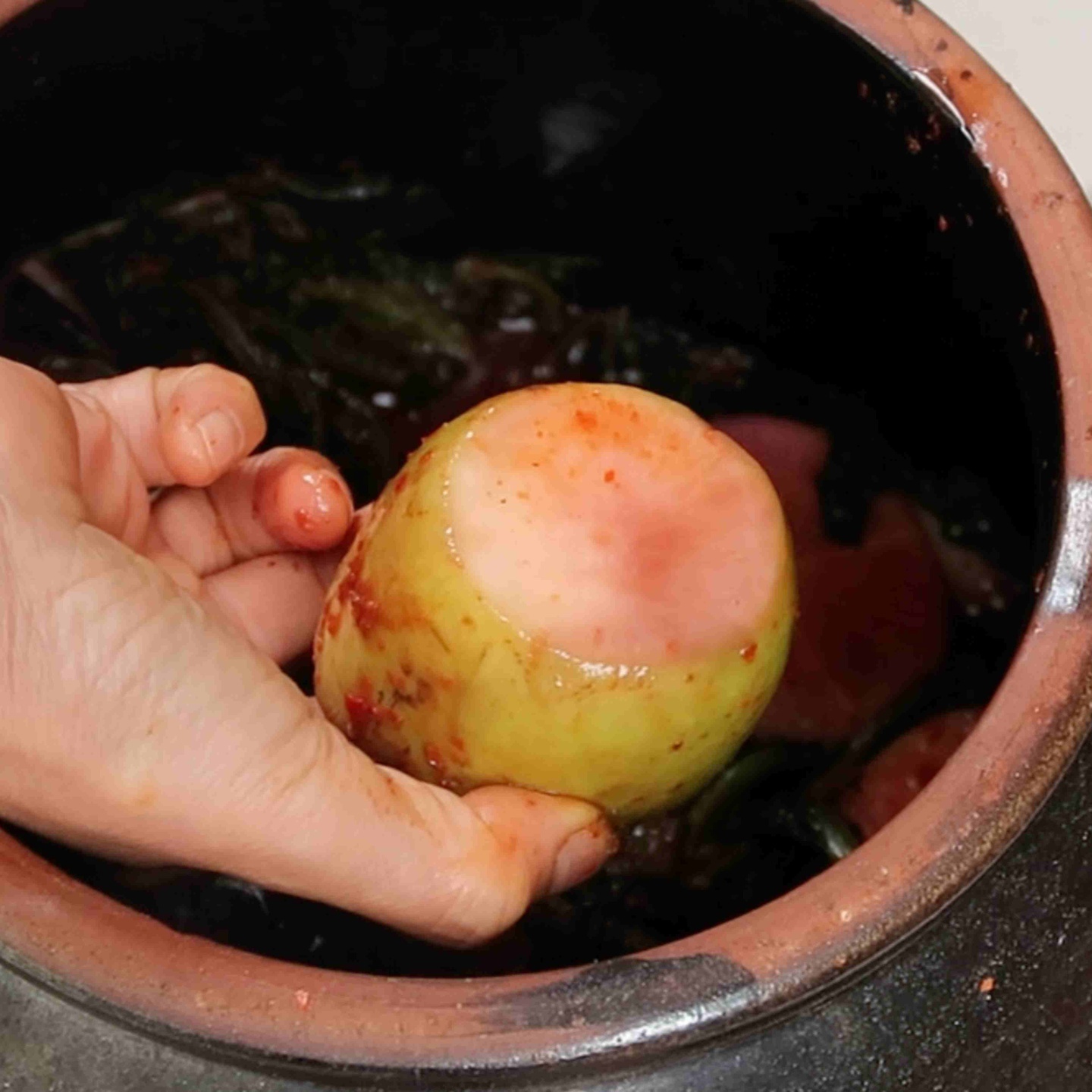When you think of Korean food, do you think of Bulgogi (불고기) or Korean fried chicken? Those dishes may be what come to mind, but those are not the staple dishes in Korean cuisine or what you will often find on the table in most Korean households.
Korean cuisine has evolved over history and changed based on events that occurred in Korea, whether it was war, chef experimentation, globalization, or hardships, just like other countries.
Dishes like knife-cut noodles became popular after Korea was given a surplus of flour during the war to help the people survive. Red pepper paste-based Tteok-bokki (떡볶이) also has a relatively short history. The woman who invented the dish still has a restaurant in Korea today! Korean fried chicken is so well made and delicious, not because it is a traditional dish but because the competition in Korea is very high. Because there is such strong competition among restaurants in Korea, some of the best products come from Korea, and so they make amazing chicken. Even red pepper Kimchi was created after chili was imported to Korea; originally, white kimchi was made.
So, because Korean cuisine is constantly evolving and growing based on different factors, how can we really categorize Korean food? Well, there is no real fixed Korean food. Korean food is what the people perceive Korean food to be, just like in other countries. Would you consider Korean hot dogs as a type of Korean food? Why not? That is what it is associated with, even though it was influenced and inspired by another country and dish.
Putting aside the evolution and various influences on Korean cuisine that have occurred over the course of Korean history, if we talk about what dishes have been around the longest in Korean history, that would be dishes like Rice, Kimchi, Jeotgal (젓갈), and Jangajji (장아찌).
Speaking of rice, let’s talk more about the importance of rice in Korean cuisine now and in history. The term bap (밥) in Korean can be translated to both the term “meal” and “cooked rice.”
Historically, rice was very important for the Korean diet. It was an essential carb that provided very important nutrition to the Korean people. Rice is the major way that Korean food differs from western foods. Historically and today, a meal without rice is unheard of. Every other dish on the table, soups, side dishes, sauces, etc., are all developed to pair with rice. All of the soups and side dishes were created to help you eat rice even better.
So, how else is Korean cuisine different than other cuisines? First, we need to look at where Korea is located geographically.
Korea is a more agricultural society. Because it is/was an agricultural society, and there was limited access to fresh ingredients in the past, that is how fermentation vessels and methods were developed using the agricultural produce that was produced. Korea is located in a mountainous region, and because of this, historically, Korean people had more access to mountain herbs and greens. Many of these mountain greens and herbs are not available in the U.S. Korean people would harvest these mountain greens/herbs. Growing and harvesting their own greens and herbs became a tradition and staple on the table.
So, the next major ways that Korean cuisine is different than, let’s say, American cuisine is first that rice is a staple at every meal, and almost all dishes are made to be eaten with rice. The next way is that harvested greens like (mountain) fresh namul (나물) play an important role in the Korean diet. Finally, most dishes in Korean cuisine focus on the health benefits of the ingredients and how they can benefit the person eating those ingredients. For example, one reason spring namul is eaten after winter is to help combat winter fatigue. Another example is that the older generation of Korean people uses a lot less sugar in their diet for health reasons.




